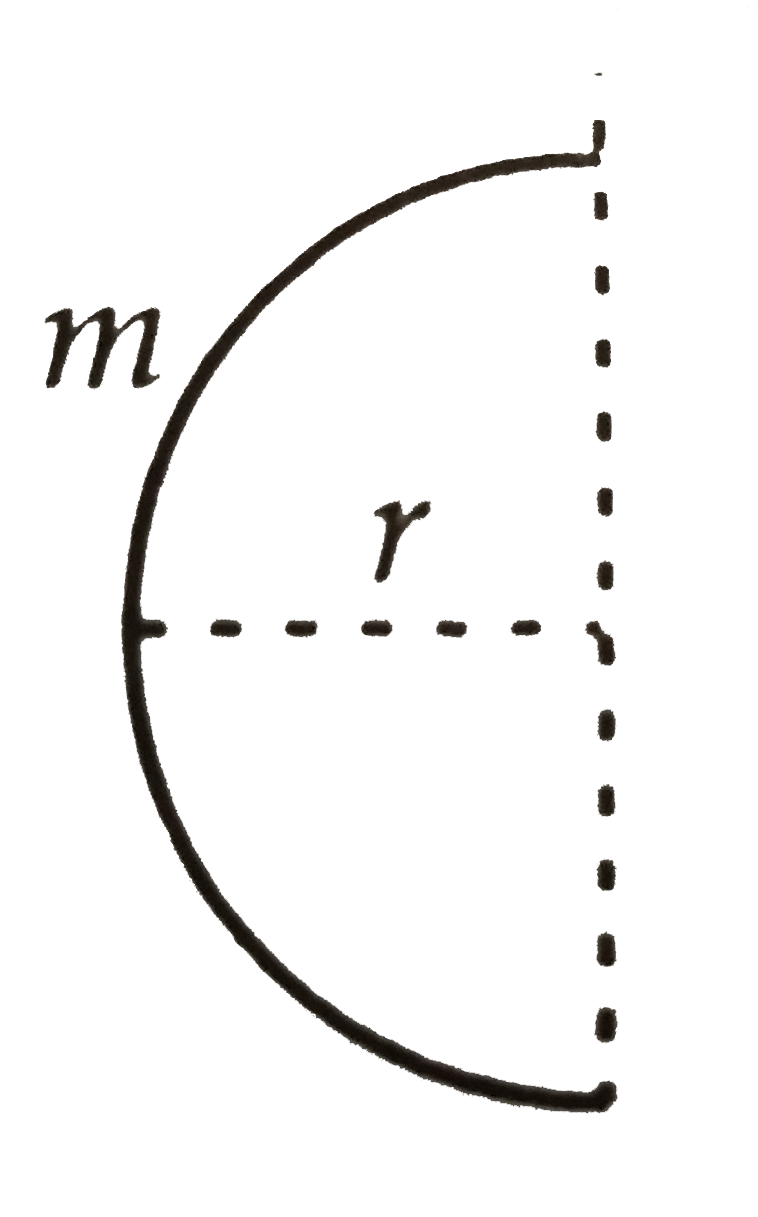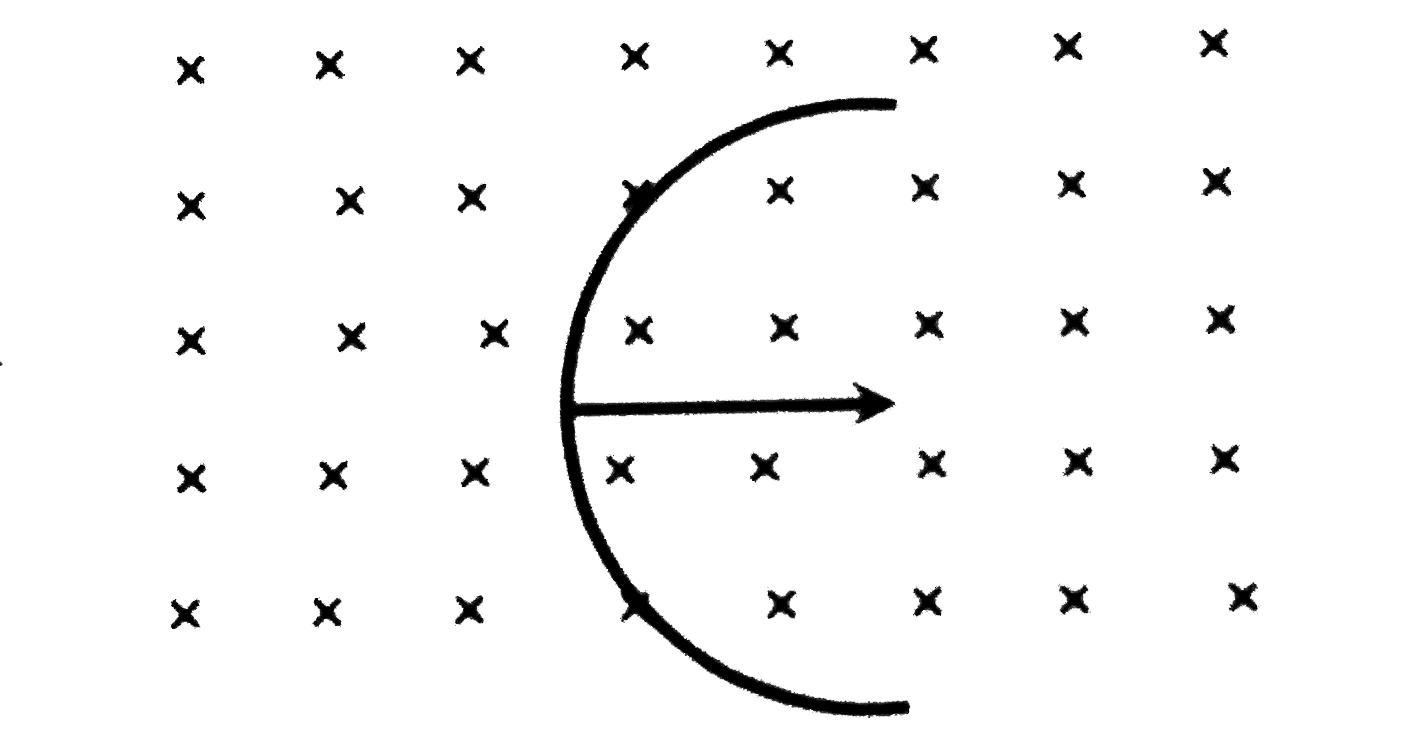A bead moves along straight horizonal wire of length , starting from the left end with a velocity . Its retardation is proportional to the distance from the right end of the wire. Find the initial retardation (in ) (at let end of the wire) if the bead reaches the right end of the wire with a velocity . (given and )
The correct Answer is:
where is a constant.
So initial retardation

Topper's Solved these Questions
- BOOK - FIITJEECHAPTER - TEST PAPERSEXERCISE - PHYSICS747videos
TEST PAPERS
- BOOK - FIITJEECHAPTER - SIMPLE HARMONIC MOTIONEXERCISE - Assignment Problems (Objective) (Level-II)20videos
SIMPLE HARMONIC MOTION
- BOOK - FIITJEECHAPTER - WORK, ENERGY AND POWER EXERCISE - COMPREHENSIONS ( Comprehension-II)5videos
WORK, ENERGY AND POWER
Similar Questions
A bead moves along a straight horizontal wire of length L, starting from the left end with velocity v0. Its retardation is proportional to the distance that remains to the right end of the wire. Find the initial retardation (at left end of the wire) if the bead reaches the right end of the wire with a velocity v02.
View SolutionA wire of length 5m is twisted through 300 at free end If the radius of wire is 1mm , the shearing strain in the wire is
View Solution
Knowledge Check
- Question 1 - Select One
A thin wire of length l and mass m is bent in the form of a semicircle as shown in the figure. Its moment of inertia about an axis joining its free ends will be
 AMl22BMl2π2C2Ml2π2DMl22π2
AMl22BMl2π2C2Ml2π2DMl22π2 - Question 2 - Select One
A straight wire of length L is bent into a semicircle. It is moved in a uniform magnetic field with speed v with diameter perpendicular to the field. The induced emf between the ends of the wire is
 ABLvB2BKvC2πBLvD2BvLπ
ABLvB2BKvC2πBLvD2BvLπ - Question 3 - Select One or More
A particle is moving on a straight line with constant retardation of 1m/s2. Its initial velocity is 10m/s.
AThe distance travelled by the particle till it comes to rest is 50 m.BThe average velocity till it comes to rest is 5m/s.CIt comes to rest in 5 sec.DIts velocity after 5 sec is 5m/s
When a potential difference of 2V is applied across the ends of a wire of 5m length, a current of 1A is found to flow through it. Calculate
(i) the resistance per unit length of the wire,
(ii) the resistance of 2m length of the wire.
(iii) the resistance across the ends of the wire if it doubled on itself.View SolutionA straight metallic wire of length 1m, is moving normally across a field of 0.1 T with a speed of 10m/s. What is the e.m.f. Induced between the ends of the wire?
View SolutionA metal wire of length L is suspended vertically from a rigid support. When a bob of mass M is attached to the lower end of wire, the elongation of the wire is l:
View SolutionA potential difference of V applied at the ends of a copper wire of length l and diameter d. On doubling only d drift velocity.
View SolutionEqual lengths of wires A and B are connected the left and the right gap respectively of a meter bridge. The null point is obtained at 0.4 m from the left end of the wire. If the diameters of the wires A and B are in the ratio 2:3 . Then the ratio of specific resistances of the materials of the wires will be
View Solution

